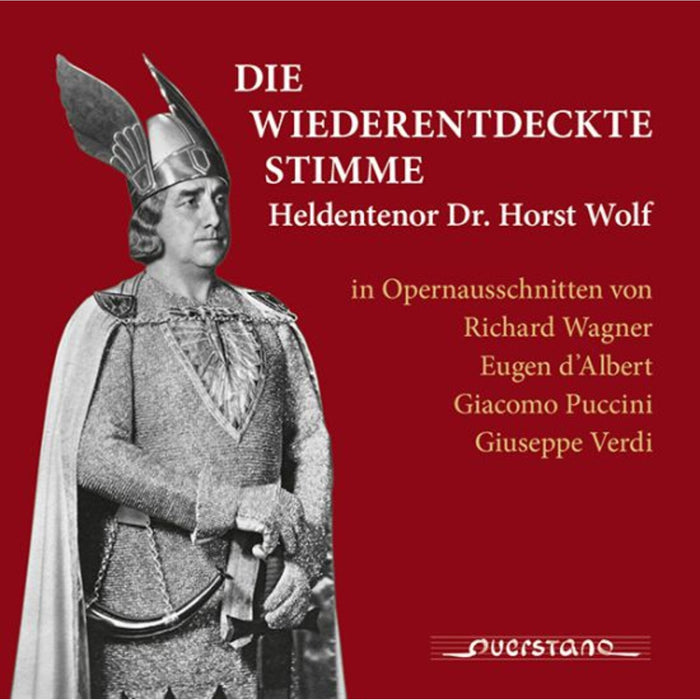Description
In 1596, Melchior Vulpius, born in Wasungen, was appointed cantor, music and Latin teacher at the city school and city church of St Peter and Paul in Weimar. This made him the highest-ranking church musician in Ernestine Saxony,
and high expectations were placed on him, which he fulfilled. Within just a few years, he created an impressive repertoire, which he published from 1602 onwards: from then on, he published a new collection almost every year until his early death in 1615 at the age of around 45.
Many of these volumes were added to the holdings of the choir library in the Saxon town of Waldheim and remained there for centuries. Since 2002, this musical heritage has been researched and gradually made accessible to the public again. The Waldheim cantor Rene Michael Roder and the Capella Daleminzia, which he leads, are now making a complete recording of the works of Melchior Vulpius.
Part 4 of the Melchior Vulpius Edition contains the 10 eight-part motets and the ten-, twelve- and fourteen-part motets, each represented as individual copies (in one case additionally with a contrafactum), from the second part of the Cantiones Sacrae, published in 1603. In the historical context, the psalms, hymns, antiphons and sequences set to music will have served as opening and interlude chants in church services and the hourly prayers, in keeping with the Gregorian psalmodies that are still in use , while the five gospel motets represented (with the fourteen-part Christmas motet "Verbum caro factum est" as the crowning glory) serve as the main music in the church service for contemplation of the reading before the sermon.

















